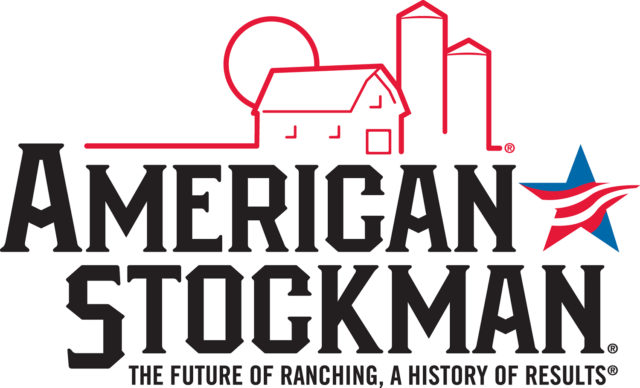These stressors include heat stress, sudden dietary changes, social stress from mingling of new cows and, most notably, transportation stress. While not always completely avoidable, taking some precautions can help reduce the risk of early embryonic losses.
During days one through four post-breeding, the embryo is still in the oviduct and is less susceptible to stress and the associated uterine changes. The embryo migrates to the uterus on days five and six post-breeding and, from days five to 42 of pregnancy, numerous critical developments take place, including blastocyst formation, maternal recognition of pregnancy and placentation.
Therefore, the developing embryo is very susceptible to any stress during this time. By day 42 of pregnancy, the embryo should be fully attached to the uterus and supported by the mother, making it less susceptible to stress. Knowing and managing these critical development time points may be more manageable when using A.I. opposed to a natural-service situation.
Research from South Dakota State University suggests shipping cows between five and 42 days post-A.I. can cause about a 10 percent loss in pregnancy. Forty-five to 60 days post-A.I. is another critical time during the pregnancy, and transportation stress during this period can result in about a 6 percent pregnancy loss. If transportation is necessary, it is best to haul cattle within four days post-breeding or wait until after 45 to 60 days post-breeding.
Sometimes producers need to transport pregnant cows during critical periods of embryo development. When hauling these susceptible pregnancies, care should be taken to minimize cow stress by using low-stress cattle-handling skills and avoiding overcrowding on trailers.
In addition to reducing transportation stress, strive to mitigate other stressors prior to the breeding season. Establish breeding groups prior to A.I. synchronization or bull turnout so cows have hierarchy predetermined. Offer a consistent, well-balanced diet during breeding season and early gestation to minimize the risk of pregnancy loss. If pairs are turned out to grass near the start of breeding season, consider supplementing cows for seven to 14 days after turnout to help maintain some consistency in diet. ![]()

-
Erika Lundy
- Extension Beef Program Specialist
- Iowa Beef Center - Iowa State University
- Email Erika Lundy











